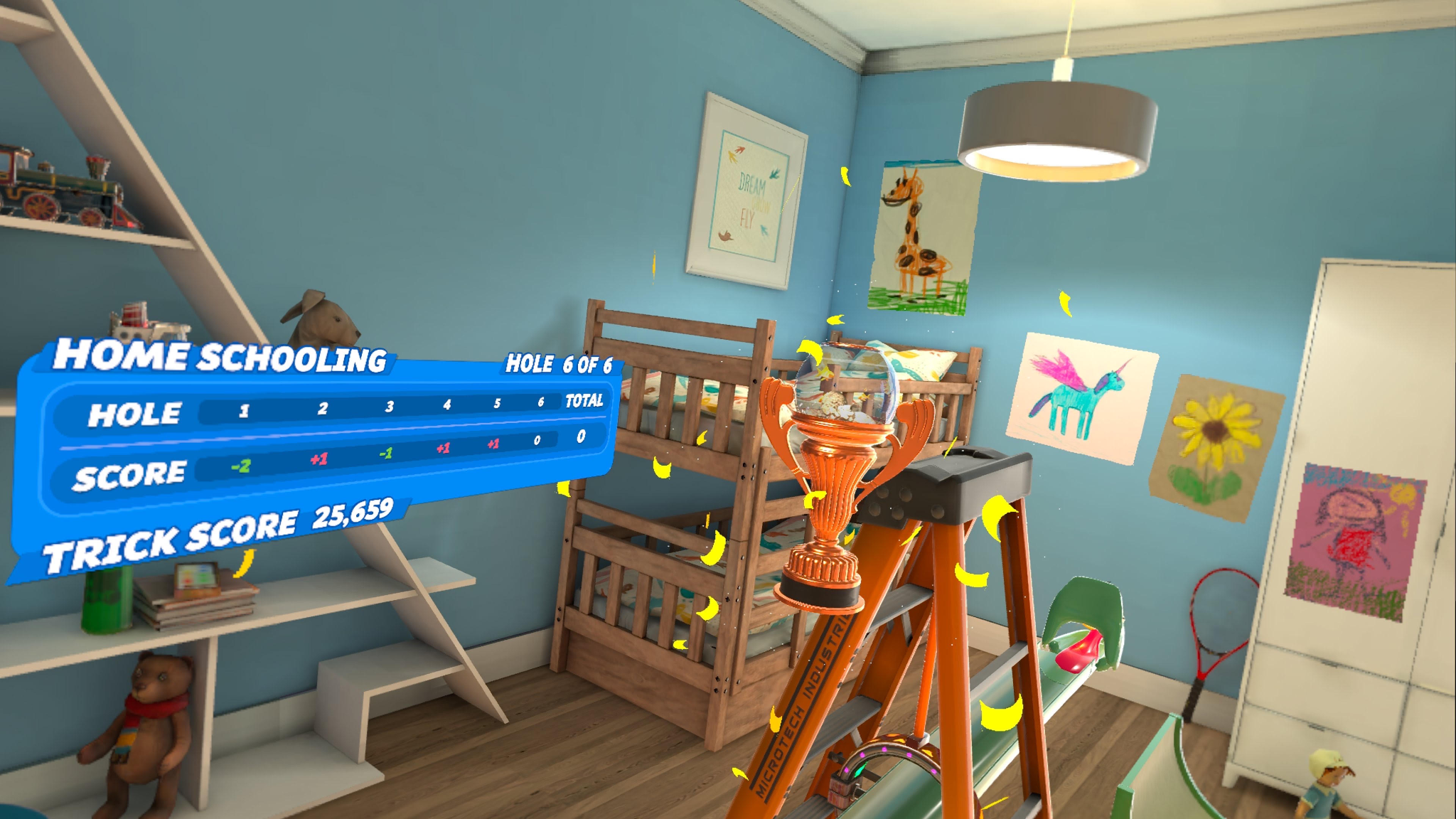A good VPN is worth paying for. Almost every service I’ll recommend as one of the best VPNs is either subscription-only or supported by paid plans. Free VPNs do have their place, though, as not everybody can afford yet another subscription in the software-as-a-service hellscape we live in. Since everyone deserves privacy and flexibility online, I wanted to put together a definitive list of the best free VPNs.
Now, some will say that free VPNs are, by definition, security risks that are to be avoided by default. That reputation exists because free VPNs often really are a risk. As proliferating age verification laws have created a need for VPNs, some free services have stepped up to answer the call, while others have taken advantage of it to spread malware. Free VPNs are easy for scammers to set up and hard for app stores to catch. I never recommend using one without doing thorough research.
To that end, the three providers on this list are exceptions to the risk of free VPNs. While they all have tradeoffs, they’re also upfront about what they do and don’t do. Each one comes with reliable security, a clean record of handling user data and apps that never force you to upgrade just so they’ll work properly. They aren’t the only good free VPNs, but they’re the top three by far.
Editor’s note: This list represents our ranking as of October 2025. We intend to revisit the list every three months at a minimum, at which time our picks may be adjusted based on changes in features, testing results and other factors.
Best free VPNs for 2025
Other free VPNs we tested
The first three no-cost VPNs mentioned here are worthy of recommendation in their own ways, but didn’t quite make the cut for our top picks. I’ve left notes on them here in case one of them turns out to be perfect for you, and because they’re on my list for induction into the free VPN pantheon if they improve.
None of the above applies to Hotspot Shield, which you should not use. It’s on here as a warning. You can find more details in that section below.
PrivadoVPN is a strong enough contender that I seriously considered adding it to the list as my fourth official recommendation. It’s technically unlimited, though once you use 10GB of data, it sharply handicaps your speed for the rest of the month. Free users can choose between 13 server locations on four continents. It even performs well on worldwide latency tests, though download speeds swing pretty heavily.
That uncertain speed stat kept Privado out of the winner’s circle, as did one other concern: although it has a clear and extensive privacy policy, it’s never gone through a third-party audit. Additionally, it’s a newer service, having only launched in 2019 — so it’s harder to make claims about its business practices.
Finally, while hide.me, Windscribe and Proton VPN all retain their excellence on the paid plan, PrivadoVPN isn’t as worth paying for. Outside the free plan, it’s a decent VPN with no reason to pick it over Proton or ExpressVPN. That said, if it passes an audit — or faces a real-world test of its no-logs policy, like a server seizure — look for Privado to join the big leagues soon.
TunnelBear does free VPN service well — it just doesn’t do enough. Trust me, I don’t take pleasure in criticizing its adorable, hole-digging bear mascot, which goes a long way toward making the app welcoming to beginners. I like that its free plan offers access to the entire server network, the only VPN that does so.
But the hard fact is that 2GB of data per month is not enough to do much of anything. With such a low data limit, TunnelBear’s free plan is an enticement to upgrade to its paid service, not a viable VPN solution in its own right. That really is a good bear, though.
EventVPN, developed by the ExpressVPN team, was launched a month ago and could one day become an outstanding free VPN. However, given its bizarre decision to run ads in the app, I can’t endorse it right now.
Were EventVPN not associated with ExpressVPN or Kape Technologies, I might defend its decision to show ads by pointing out that all ad tracking data is anonymized — there isn’t even a backend in which to store it. That might be a decent way to fund a full-featured free VPN. But EventVPN is openly part of a lucrative VPN portfolio, and has its own paid tier, so there’s no excuse for the 30-second video ads.
Hotspot Shield: Tested and not recommended
Hotspot Shield was once the poster child for free VPNs; today, it’s become one of the clearest illustrations of why they’re dangerous. You get 500MB of browsing data per day, which is reasonable, on par with Windscribe’s best offer. However, not only does the free version cap speeds at 2 Mbps, but it also restricts you to one location, the United States.
Worse, it shows you ads. Unlike EventVPN, which at least limits itself to ads from a single service, Hotspot Shield lists no fewer than eight ad coordinators in its privacy policy. One of them is Meta, which you should never, ever trust with any sensitive data. I can’t name a better textbook example of “if the product is free, you’re the product.”
What to look for in a free VPN
Selecting a VPN is hard enough with all the competition out there, but with a free VPN, the stakes are even higher. Free VPNs are all over the place, and app stores don’t vet them effectively. You’re left on your own to determine whether a free VPN is mediocre, exploitative or even a straight-up malware vector.
My top three recommendations — hide.me, Windscribe and Proton VPN — are clean. If you choose to use another one, here are the red flags to consider.
Security: First, make absolutely certain the free VPN isn’t a threat to your security. Research it to see if any experts have warned against it, and check to make sure it uses known and approved encryption protocols (OpenVPN, WireGuard, IKEv2 or an equivalent). If you have an antivirus program, download the VPN in sandbox mode so you can scan it while it’s quarantined.
Privacy: Read the free VPN’s privacy policy in detail to see if it claims any liberties with your personal data. As a rule, never use an “ad-supported” free VPN, since almost all ad services track users for targeted campaigns. Other free services, like Hola VPN, make money by selling user IP addresses as residential proxies. Be alert for any indication that the VPN will profit off your personal data.
Usage requirements: If you’ve determined a free VPN is safe and secure, your next step is to make sure you’ll be able to use it for the tasks you have in mind. Most reputable free VPNs are limited in some way. Match the restrictions to what you need; for example, if you want a free VPN for streaming, pick one without data caps that lets you choose your own server location.
Speed: Even if it meets the minimum requirements of safety and privacy, a free VPN still needs to meet the same criteria as any paid service. Mainly, it’s got to be fast. With the free VPN active, run speed tests using Ookla in several locations. On average, it shouldn’t reduce your unprotected download speed by more than 25 percent.
Customer service: Some otherwise full-featured free VPNs skimp on customer service, restricting live help to paid users. Even Proton VPN is guilty of this. If you’re a beginner or think you’re going to need extra help, make sure to pick a free VPN with a well-written knowledgebase and available tech support.
Free VPN FAQs
Let’s finish up with some of the free VPN questions we get most often. Leave a comment if you’d like me to answer one I haven’t gotten to yet.
What is a free VPN?
A free VPN is a virtual private network that’s available to individual users at no cost. They generally take the form of desktop and mobile apps downloaded through websites or app stores. You can use them to filter your internet connection through another server, changing your virtual location and hiding what you do online.
Most people use free VPNs to make it appear that they’re getting online from somewhere else. This gets around restrictions on internet usage in certain jurisdictions, like China’s “Great Firewall” or the UK’s age verification laws. It can also be used to stream TV shows and events that aren’t available in the user’s home region.
Are free VPNs safe?
While free VPNs aren’t inherently dangerous, the use case and underlying business model makes them an easy vector for unscrupulous companies to take advantage of vulnerable users. It’s easy for a malicious actor to set one up quickly and get it hosted on an app store. Likewise, the people who download free VPNs tend to need them urgently and may not look too closely at what they’re putting on their phones or computers.
As a rule of thumb, you should approach a free VPN with extreme caution. If it’s not on our recommended list above, we’d suggest avoiding it. In general, it’s almost always safer to seek out VPNs that support their free versions with paid subscriptions, since they don’t need to make money under the table. But any VPN – or other digital service – that’s put forward as totally free puts us in mind of the old adage about gambling: If you can’t spot the sucker at the table, it’s probably you.
What is the best free VPN?
I’ve rated hide.me as the best free VPN. Its free service gives you a lot to work with — seven free locations and a data cap that doesn’t really apply in practice. It’s also just as secure and trustworthy as its paid version, without skimping on anything important.
Can you get a free VPN on your phone?
Yes — in fact, there are more free VPNs on mobile app stores than almost anywhere else. All three of my top picks (hide.me, Windscribe and Proton VPN) have apps for both iOS and Android, and nearly every other free VPN works on at least one mobile platform.
This article originally appeared on Engadget at https://www.engadget.com/cybersecurity/vpn/best-free-vpn-120032818.html?src=rss


 World Vegan Day
World Vegan Day
 Good Cause
Good Cause  Team Not Pogi – Take No Prisoners Crit Racing
Team Not Pogi – Take No Prisoners Crit Racing
















